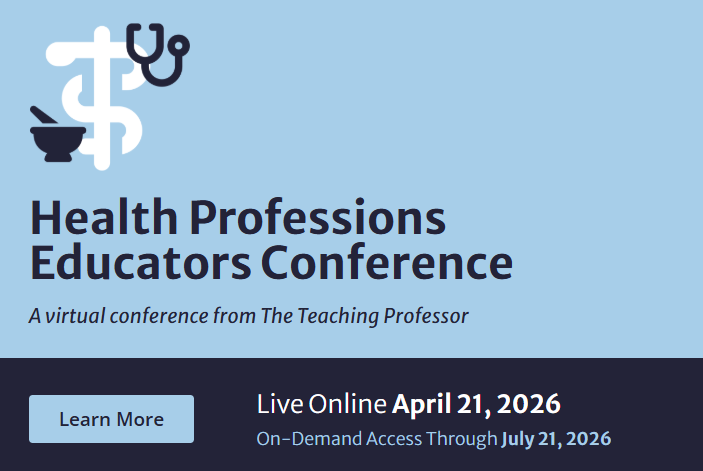Technology Hasn’t Helped Students' Study Skills, Research Finds
In the space of one generation, college students have gone from studying with highlighters and wire notebooks to laptops, netbooks and, now, iPads.
But despite the prevalence of technology on campuses, a new study indicates that computers alone can’t keep students from falling into their same weak study habits from their ink-and-paper days.



